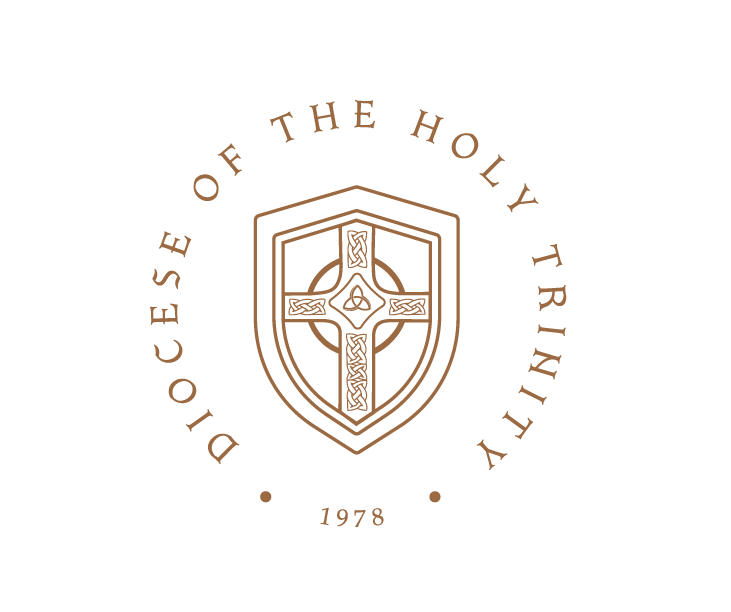On Liturgy: The 1928 Book of Common Prayer
This will be the first of several posts on the topic of liturgy. The word liturgy means literally “the work of the people.” It was used in ancient Greece to refer to offerings made for the public good. However, in the church the word liturgy refers to acts of corporate worship that form us into the Body of Christ.
The liturgy of Continuing Anglicans in America is rooted in the 1928 Book of Common Prayer (BCP). This remains a symbol of orthodoxy. However, traditional Anglicans have never believed that the 1928 BCP is last word on liturgy. Anglo-Catholics augment the BCP with resources from the Anglican and American Missals and accept certain natural historical developments and reforms. To say one uses the 1928 BCP is not to be a prayer book fundamentalist.
The 1928 BCP is important because it is the last American Book of “Common” Prayer. Common prayer is more than a liturgy a congregation says together. Common prayer is the common liturgy of the church that expresses the church’s common faith. The revised Episcopal Church prayer book of 1979 moved away from “common” prayer and towards “diverse” prayer. The 1979 book provides more than a dozen options for how a given congregation might celebrate the Eucharist. Each can have its own particular theological focus—or lack thereof! This introduced a new thing into the Anglican tradition. Far from uniting the church as the Body of Christ through its common liturgical action, this book of diverse prayer separates the church into factions. It draws a larger circle that includes everyone—but unites no one.
A dirty little secret of the 1979 BCP is that its “Rite 1” is in many ways closer to the actual usage of many traditionalists than the strict 1928 rite. The problem is that this was just one option among many. It made orthodoxy a liturgical alternative rather than the point of the liturgy. We don’t use that book because it represents this heterodoxy--not because nothing in it is good,
The 2019 Prayer Book of the Anglican Church in North America is a theological improvement on the 1979 book. Its updated Coverdale Psalter seems commendable. However, it suffers from the same malady. It is a book of diverse prayer. There are Eucharistic options, including the option for many of its churches not to use it all—or to cut and paste as each sees fit. Therefore, it cannot accomplish the purpose of the liturgy, which is to form disparate individuals into the one Body of Christ.
The formative impact of a common liturgy is experienced over time. As we learn it, we are more able to enter into its experience. As C. S. Lewis wrote, “Every service is a structure of acts and words through which we receive a sacrament, or repent, or supplicate, or adore. And it enables us to do these things best--if you like, it "works" best--when, through long familiarity, we don't have to think about it” (Letters to Malcolm: Chiefly on Prayer). Our common experience of liturgy has personal dimensions. Each person experiences the liturgy differently, just as people have different reactions to the same piece of art or the same phenomena of nature. That is precisely what the Body of Christ is. A body united in a common experience of salvation with personal elements—one body with diverse gifts.
The movement towards diverse prayer is a product of the individualistic spirit of the modern age. For many people, my faith and my spirituality, and my preferences are able to trump any claim that the Faith and the common worship of the church has on them. This is very different from the mind of the ancient church. The primary concern was always how to be faithful to both the theology and worship of the apostles and the tradition.
Of course, traditional Anglicans have had no shortage of arguments about liturgy. One of mentors joked that we are “divided by a common liturgy.” Our besetting malady is not liturgical error but spiritual and emotional immaturity. Nonetheless, I’ve worshiped in our tradition in a variety of high and low church settings, in churches with a variety of local customs, and have been always able to enter into the common liturgical experience of the prayer book tradition. This includes my experience in South Africa with traditional liturgy in the Xhosa language where I did not even understand what was being said. At root it is the same experience.
If you find yourself in a church where the prayer book tradition is practiced in a manner that is slightly different from what you are used to, consider it an opportunity to practice humility and charity—an opportunity to grow in spiritual and emotional maturity. As St. Paul exhorted the Philippians, “Do all things without complaining and disputing, that you may become blameless and harmless, children of God without fault in the midst of a crooked and perverse generation, among whom you shine as lights in the world” (Phil. 2:14-15). The purpose of the liturgy is not to solicit our opinions. The purpose of the liturgy is to form us into the Body of Christ.

